Pink Himalayan Salt Toxic? The Pink Himalayan Salt is a type of rock salt that is mined in the foothills of the Himalayas. It has become increasingly popular in recent years due to its purported health benefits, including its ability to help regulate blood pressure and improve digestion.
But does this salt have any negative side effects? Is Pink Himalayan Salt toxic? To answer these questions and more, it is important to look at the history and chemistry of this unique mineral.
Pink Himalayan Salt has been used for centuries by locals in the Indian subcontinent for cooking, as well as for ceremonial purposes such as Ayurvedic medicine and religious rituals. The salt itself is made up of mostly sodium chloride and trace amounts of other minerals such as iron, magnesium, calcium, potassium, and boron.
Though these minerals are beneficial for our bodies in small doses, overconsumption can lead to potential health issues. For example, too much sodium can cause high blood pressure and dehydration; excessive iron can lead to organ damage; while too much calcium may result in kidney stones or bone loss.
Thus, it is important to consider how much Pink Himalayan Salt one consumes on a daily basis before deciding whether or not it’s safe and beneficial.
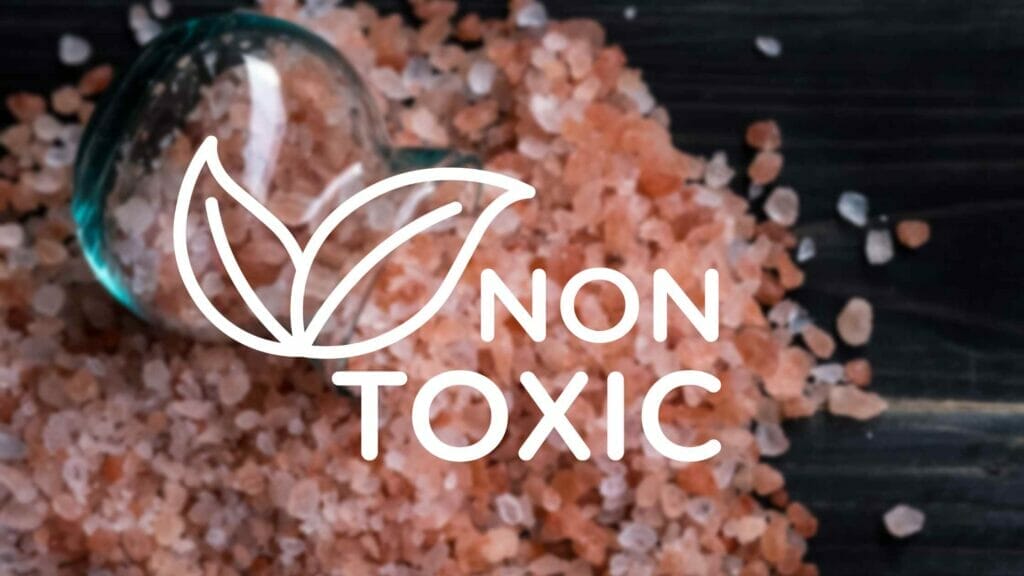
What are 84 trace minerals in Himalayan Pink Salt?
Himalayan pink salt is mined from ancient sea salt deposits in the foothills of the Himalayan Mountains. This type of salt contains 84 different trace minerals, including calcium, magnesium, potassium, and iron.
Many of these are vital for proper bodily functions such as blood pressure regulation and electrolyte balance. The unique combination of minerals found in Himalayan pink salt helps to regulate pH levels in the body, while also providing a variety of essential vitamins and minerals that promote overall health.
Additionally, its pink hue is not only aesthetically pleasing but also a result of its iron content. Its benefits are numerous but it’s important to note that due to its high mineral content, it may have a stronger flavor than regular table salt.
Is Himalayan Salt Better than Regular Salt?
Compared to regular table salt, it has a lower sodium content and contains more essential minerals that are beneficial for our health. In terms of flavor, Himalayan salt has a slightly milder taste than regular table salt, so it can be used in cooking and baking without overpowering dishes.
Additionally, its coarse texture and pink color makes it great for sprinkling over dishes as a finishing touch. Overall, Himalayan salt is a healthier option than regular table salt due to its lower sodium content and higher mineral content.
Despite being more expensive than regular table salt, many people consider it worth the price due to its superior nutritional value and flavor.
Himalayan Salt Benefits – Health Benefits of Minerals in Himalayan Salt
It is rich in minerals such as calcium, magnesium, potassium and iron which are essential for good health. This mineral-rich salt can provide many health benefits such as helping to reduce inflammation, regulate blood pressure, improve digestion and even help to balance hormones.
Furthermore, it can also help to reduce fatigue and promote better sleep. The minerals in this salt can help to boost the body’s immunity, allowing it to fight off infection more effectively.
Additionally, it is scientifically proved to help with skin issues such as acne and eczema by providing important nutrients that can aid in healing. All of these benefits make Himalayan salt an excellent choice for anyone looking to improve their overall health and proves it is wrong that Pink Himalayan Salt Toxic.
How Pink Salt Could be Harmful? Pink Himalayan Salt Toxic
It is often used as a seasoning for food and in some health-related products. While it may have some potential benefits, such as helping maintain electrolyte balance in the body, it can also be harmful if consumed in excess.
Too much pink salt can be contaminant and can cause an imbalance of electrolytes, leading to headaches, fatigue, and even seizures. It can also increase blood pressure and raise your risk for heart problems.
Additionally, consuming too much pink salt could lead to kidney stones or other kidney issues due to its high sodium content. For these reasons, it’s important to use pink salt sparingly and check with your doctor before adding it to your diet. But this doesn’t means that it includes toxic chemicals.
FAQs
Q: Is it OK to eat Himalayan Salt?
Ans: It is considered safe to eat Himalayan salt in moderation as part of a balanced diet due to provided health benefits. 2-3 Teaspoon of salt per day is considered normal. High salt intake including Himalayan salt can cause serious conditions.
Q: Is Himalayan Salt high in lead?
Ans: Some studies suggest that the lead content in Himalayan salt can be higher than in other types of salt due to the way it is mined and processed. However, more research needs to be done before making any definitive conclusions.
Additionally, many experts agree that the small amount of lead present in Himalayan salt should not be a cause for concern since it is not absorbed into the body when eaten in normal amounts.
Q: Does Pink Salt have heavy metals?
Ans: The answer is yes, it does contain trace amounts of heavy metals such as lead and cadmium. However, led in pink salt is low enough that the amount consumed from eating pink salt would not pose any significant health risks.
Q: What are side effects of Himalayan Salt?
Ans: Himalayan Salt does not have any specific and scientifically proven side effects but to avoid any potential negative impacts on your health, make sure you consult with a qualified healthcare practitioner before adding this type of salt to your diet.
Got More Questions about Pink Himalayan Salt Toxic? Ask Us

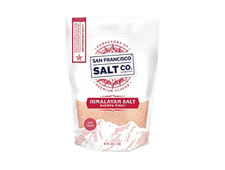
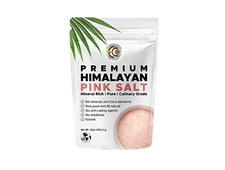
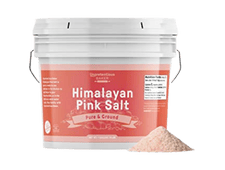
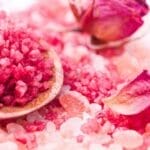


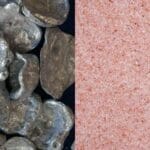

0 Comments